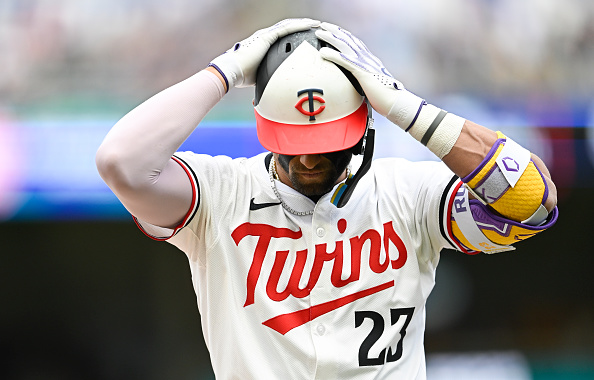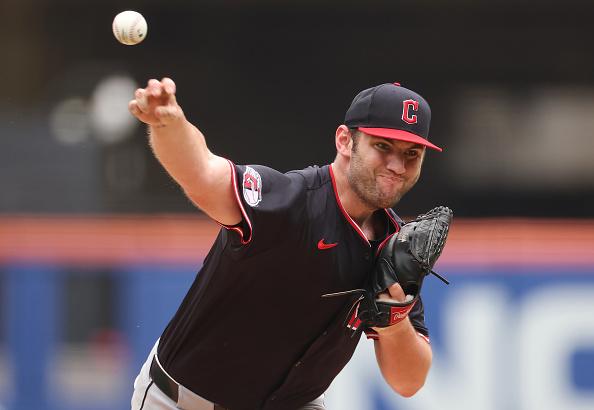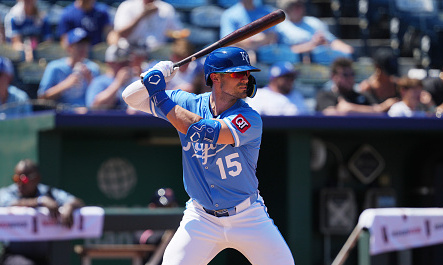Frank Ammirante Aug 9th, 2019
It has become a recurrent theme in trade negotiations between contending and rebuilding teams: “Prospect X is untouchable.” Teams have become increasingly reluctant to trade their top prospects in an effort to inch closer to a championship. Front offices are trying to do the same thing: construct a roster that is filled with young and talented players at below-market value contracts. This philosophy of risk-aversion, prospect accumulation, and player development is having a negative impact on Major League Baseball.
Tanking
The most effective method to accomplish this goal is to trade every veteran asset for young talent, even if you receive an underwhelming return. The team will then go through two to three years of abysmal baseball, ranging from 90 to 100 losses, with no hope of making the playoffs. This causes fans to lose interest and plummets stadium attendance. The tanking approach involves general managers constructing a core of players around the same age with similar trajectories in the hope that the team will have a slew of players in their prime at the same time. The Houston Astros have been successful with this model, so the rest of the league is trying to follow suit. This has created a problem, where there are too many rebuilding teams at the same time, which is accompanied by a set of buyers who refuse to get rid of their prized, young players. The result is a lack of trading at the deadline along with underwhelming returns for veteran assets.
Prospect Hoarding
There are several contending teams who have done a great job stockpiling assets in their farm system. However, they have refused to make the required move to help the team reach the promised land. Take the Los Angeles Dodgers, for example. The team has lost in consecutive World Series. They have a glaring hole in the bullpen, but they refused to make any moves. They have 25-year old Corey Seager at shortstop and their best prospect is 21-year old Gavin Lux, who happens to play the same position. They also have three aces in their rotation: Walker Buehler, Clayton Kershaw, and Hyun-Jin Ryu, but refused to part with top pitching prospect Dustin May. This is a team with a surplus of assets that could have improved on their weaknesses but refused to make the necessary moves. Why not trade Seager and May in a package to acquire an assortment of assets from the Mets, like starting pitchers Noah Syndergaard, and Zack Wheeler, along with closer Edwin Diaz? They could have used Lux at shortstop to easily replace Seager and shored up their bullpen with Diaz. Wheeler could have been used as a reliever in the playoffs, where he would thrive. Now obviously this is an unlikely, blockbuster deal, but the point is that teams have abandoned creativity in favor of risk-aversion. Every front office is terrified of past trades, such as when the Montreal Expos traded Grady Sizemore, Cliff Lee, and Brandon Phillips for Bartolo Colon. Teams prefer a stocked farm system with a manageable payroll to a memorable playoff run and World Series championship.
Prospects as Capital
More front offices should use their prospects as capital, in an effort to patch up the holes on their rosters. I’m not suggesting to entirely deplete your farm system of assets, but to identify a couple of prospects who do not fit your team’s current roster construction and use them to acquire a more established player. The best example of this is with the Milwaukee Brewers. Instead of taking the tanking approach and accumulating prospects, they went for it in 2018. They traded a package of prospects that included outfielders Lewis Brinson and Monte Harrison, along with infielder Isan Diaz and starting pitcher Jordan Yamamoto, for Christian Yelich, who went on to win the 2018 National League MVP. The players Milwaukee surrendered have a chance to be decent big-leaguers, but none will come close to Yelich. The Boston Red Sox similarly used this strategy, trading infielder Yoan Moncada and starting pitcher Michael Kopech to the Chicago White Sox for a legitimate ace in Chris Sale. Sale helped the team win a World Series in 2018. More front offices need to recognize that making a blockbuster deal to help your team win now is often necessary.
Rebuilding Teams
The current landscape of MLB has made it difficult for rebuilding teams to get adequate returns for their veteran assets. We saw this issue come to the forefront at this year’s trade deadline. The New York Mets wanted to trade pitchers Noah Syndergaard and Zack Wheeler, but no one was willing to pay the necessary price for two talented pitchers with untapped upside. So instead of settling for a low return, the Mets switched gears and decided to contend. They traded two pitching prospects, Anthony Kay and Simeon Woods Richardson to the Toronto Blue Jays for starting pitcher Marcus Stroman, who is still only 28 years old and under control until the end of the 2020 season. Kay is already 24 with the ceiling of a number four starter. Richardson is still only 18 and at least three years away from making an impact. For that low return, the Mets were able to acquire a young, ground-ball machine who will improve in the pitcher-friendly confines of Citi Field. Stroman is a solid number three starter who helps form one of the best rotations in baseball, with Jacob deGrom, Noah Syndergaard, Zack Wheeler, and Steven Matz.
Trade Fallout
The trade was heavily criticized by the media and fans, as they could not believe that a non-contending team ended up acquiring one of the best pitchers on the market. This is a problem because it shows how this philosophy of risk-aversion has spread to analysts, reporters, and fans. This trade should have been met with praise because it demonstrated that a front office was unwilling to settle for lower returns and decided to take a risk in the hope of a playoff run. This risk has worked out spectacularly: the Mets have won 13 of 14 games and are now only half a game back of the National League wild-card. They have the look of a team that’s going to be tough to beat if they can squeak into the playoffs.
Outlook
With so many teams hoarding their prospects, the act of taking risks with blockbuster trades has become the market inefficiency. More teams need to do what the Brewers did with Yelich and what the Mets did with Stroman. These moves help teams come together because the players see that management is willing to do what it takes to win, so it has a positive psychological impact which results in better performance on the field. Furthermore, such risk-taking is enjoyable to watch, which will help renew fan interest in a league that has a declining fanbase. The MLB needs to take notes from the NBA, where blockbuster trades have created the most captivating trade deadline and off-season of the four major sports. Front offices need to start taking more risks!
Questions and comments?
thescorecrowsports@gmail.com
Follow Us on Twitter @thescorecrow
Follow Us on Reddit at u/TheScorecrow
Follow Us on Facebook at The Scorecrow
Follow Us on Instagram at The Scorecrow
Facebook Group where you can read and post articles at The Scorecrow
Reddit Group where everyone can post without fear of being banned at The Scorecrow
Follow Frank Ammirante on Twitter @FAmmiranteTFJ
Main Image Credit: [getty src=”1166344477″ width=”594″ height=”396″ tld=”com”]






